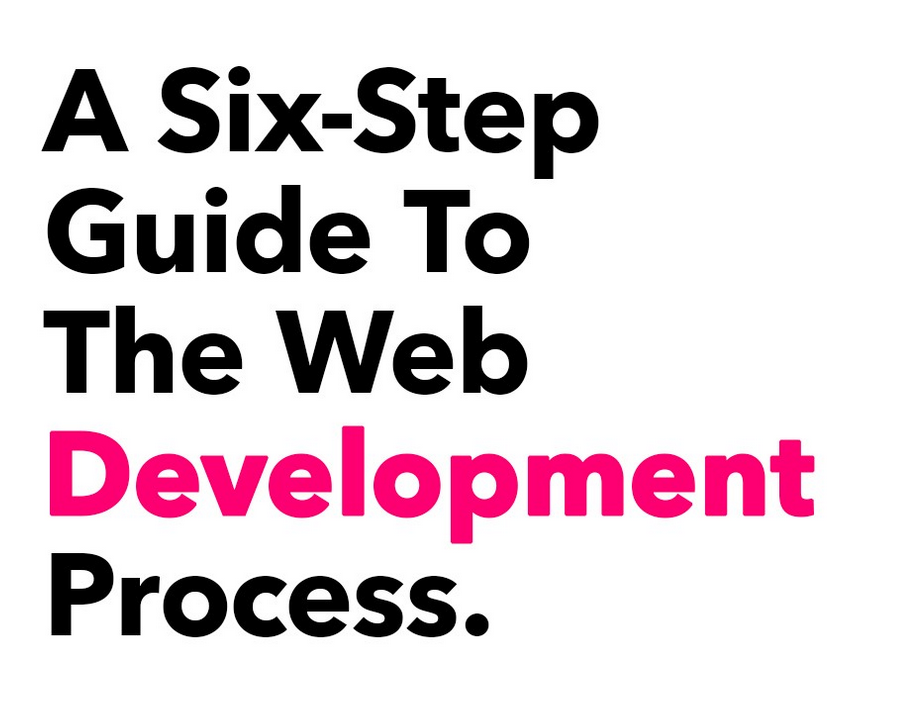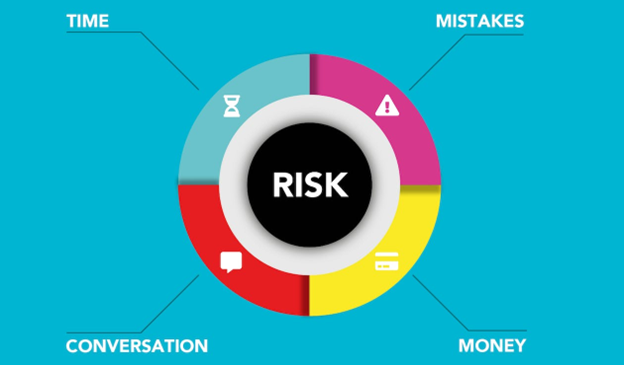What is the ROI of UX?
ROI of UX, as a return on investment in general, is the proportion between the amount of money spent and gained. It assists in determining the commercial effectiveness of solutions and in devising a strategy to increase profits.
When we make the decision to estimate the ROI of user experience, one primary issue we face is the need to quantify things that aren’t transparent. Yes, anyone on the design team can provide a professional evaluation of a particular design; however, in many instances, this assessment is about the visionary and not the financial aspect.
Furthermore, the studies reveal the fact that less than 5 percent of executives of large, medium, and small firms are able to make impartial design choices.
The reason for this is the fact that user experiences are about feeling satisfied when you interact through the interface. People may feel happy due to various reasons. And in this case, UX research is a ponderable factor.
When measuring ROI, research can help specify the aspects worth being measured. Later on, it is essential to decide what should be changed to improve the outcomes. The next step is to conduct an analysis of improvement. Calculate ROI once more and then assess the effects of the changes.
The measurement of UX effectiveness is an ongoing process. However, once you stop doing it, there is no way to obtain an accurate estimation of the work that the design team performs and the amount of revenue it generates for the business.
The reasons to consider calculating Return on Investment for UX
Whatever the design method, every company recognizes the need to measure the ROI. What are the key arguments?
Costs reduction
Poor decisions can cost the company a great deal. To give an example: we’ve recently created the website, but the users aren’t happy with the UX. They are constantly calling support to find out how to purchase the item or are unable to complete the registration procedure. The support team is constantly processing different tickets and explaining
to each customer what they need to do in order to get what they require.
A business can evade such an issue by taking steps to prevent it entirely. If we are aware that the website could be experiencing troubles with specific pages, we either fix these troubles or pay more money to solve them. It is obvious that you’d rather pick the first option.
Conversion rate optimization
The most important thing for any company is to convert opportunities into leads. Yet, there are times when visitors simply don’t click on the button on your site. You persist in spending dollars on advertising and drawing visitors in, however, it’s not enough.
The good news is that you are able to correct it. By calculating the Return on Investment of UX, you can identify the main areas you have to concentrate upon.
Raising LTV
The process of attracting new customers is costly. Naturally, new customers are crucial for the growth of your business. However, many other factors can make you money as well. A user-centered design can assist you in enhancing the lifetime value of your clients. If they’re pleased with the initial purchase experience, there is a high possibility for them to make another one. When the level of retention is increased, then the LTV is also increased, so the ROI of UX is larger.
Why does ROI matter?
If you employ someone (developers, marketers, sales representatives, graphic designers), you invest money in them. The investment has to generate revenue to allow you to keep running your business. ROI enables you to find out if your investment is producing either a profit or loss, which means you can decide to move on only with the most profitable ones or tweak the methods. While there is a variety of ROIs that you can measure for every business (hiring new workers, buying an innovative tool, sales techniques, etc. ), we will stick with the return on investment of user experience.
The ROI measurement of UX assists in determining:
- Whether your clients are satisfied or using the product effectively? If not, you’ll have a difficult time maintaining the customer base.
- Are they experiencing difficulties in getting the most value from your product? If so, they’ll likely choose to go to your competition because they don’t see the value in your products and services.
If you don’t calculate the UX ROI, you will not be able to find out whether a user abandoned your site because of a poor user experience or some other grounds.
Five ways to measure the ROI of UX
Does there exist a huge complex formula you can master to calculate ROI for any company? The answer is money, but it is a bit broad and shallow. As such, there is no single performance indicator that is universally applicable. However, there are a variety of established methods to quantify the ROI of UX. We’ll focus on the inner characteristics of your software that affect the user’s behavior.
Conversion rate
The most effective way to estimate the effectiveness of UX is through conversation rate. The conversion rate can be characterized as the proportion of people who perform a “desired action.” Such action is determined by the activities you’re directing people to take. It may be joining your blog or looking through the shopping basket.
It is recommended to measure how much conversion occurs over a certain period. In general, the timeframe will cover the entire period of sales, which is why it’s an objective sample. After investing in UX, take a second look to determine if your conversion rate is growing. For an apples-to-apples comparison, run your analysis at the same time in different years. It’s not right to compare June-August conversions to those of September-November. It’s possible that this comparison will not be practical since it takes an extended time to establish the value of UX. So, comparing month-over-month improvement in conversion rate is the only way to perform the trick.
Bounce rate
Bounce rate is the ratio of visitors who have viewed a single page and then left. Optimizing your website with a user experience breakdown can encourage users to dwell on your site and also visit other pages.
Make use of the bounce rate before UX investment to establish a benchmark. Compare it with the bounce rate following research adjustments to determine the ROI of UX.
While this isn’t an exact measure, you can still evaluate the ratio between optimized and “untested” pages. The number of bounces on UX-tested pages in comparison to “untested” pages will give you a quick overview of your endeavors. You can easily collect data on bounces directly from Google Analytics.
Drop-off rate
The drop-off rate is the percentage of users who have left the funnel after a certain stage before completing a conversion. Drop-off rates are also frequently confused with the bounce rate.
- The primary distinction from the bounce rate lies in the fact that bounce rate is only a measure of users who leave after viewing an initial screen.
- The most commonly used tools that provide insight into the drop-off rate include Google Analytics and Hotjar. Both are indispensable in any UX project in development.
The drop-off rate provides more details about the user experience since it is a map of behavior that shows the percentage of users that leave at each stage of the conversion funnel. This allows for pinpointing the primary reasons for discontent or confusion.
NPS
Net Promoter Score is used to determine a customer’s devotion to a particular brand. Studies suggest that it is associated with revenue growth. If you accept this logic, you’ll be in a position to gauge the client’s fulfillment as well as potential income increase using this measure. Take a look at NPS prior to investing in improving the user experience to establish a benchmark. After you’ve conducted an investigation into the user experience and implemented the results of it, you can send your NPS survey to consumers. This approach may take longer than others, as improving customer satisfaction isn’t quick and easy. Until you’re ready to conduct UX research, revise designs, and implement new codes, you’re likely in a full six weeks of effort.
Revenue per customer
Find the average amount of revenue per customer. The investment in UX enhances the customer experience. This means that clients are likely to renew or upgrade the subscription or make more purchases. Examine the average income per client as a reference point and watch for progress.
![]() Give feedback about this article
Give feedback about this article
Were sorry to hear about that, give us a chance to improve.








